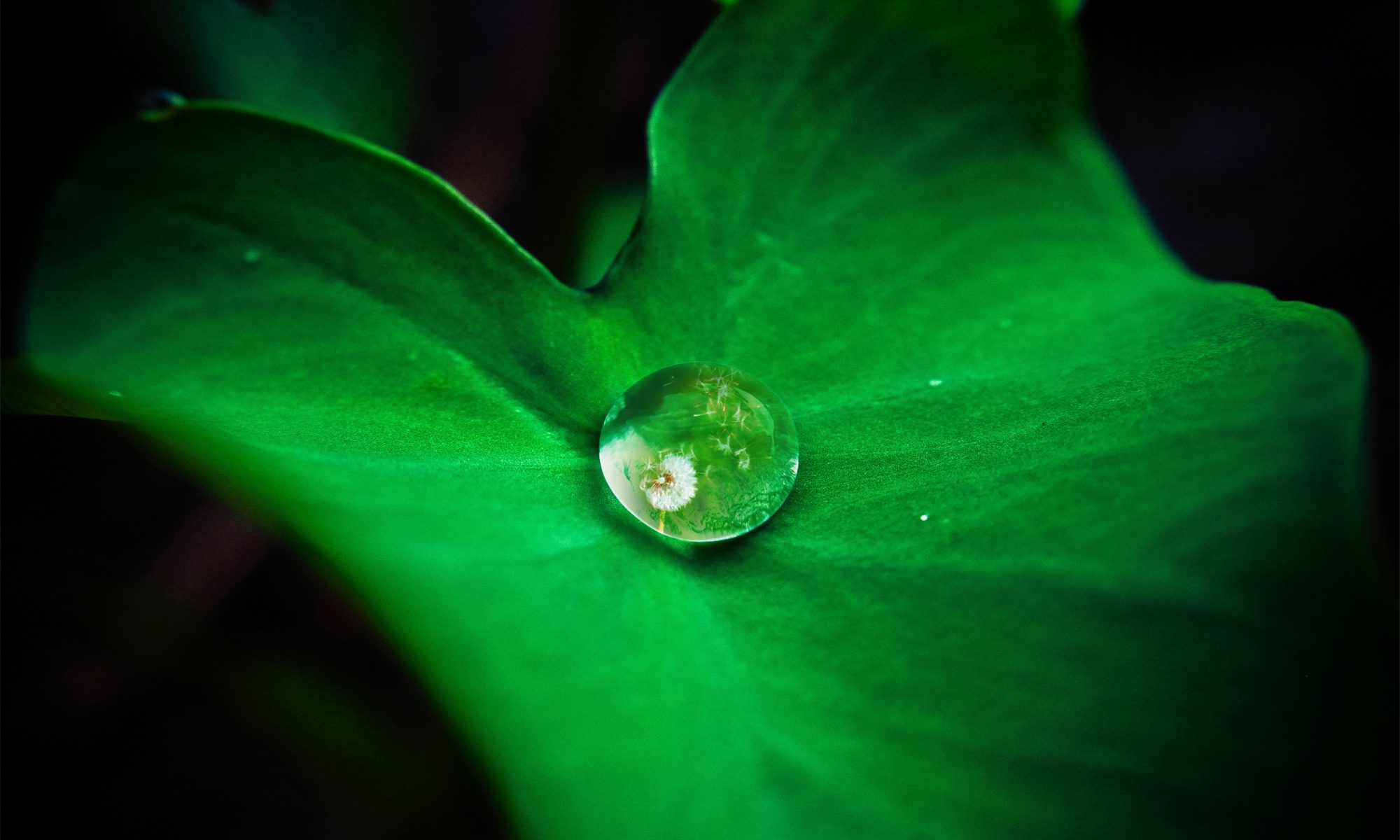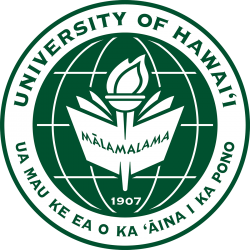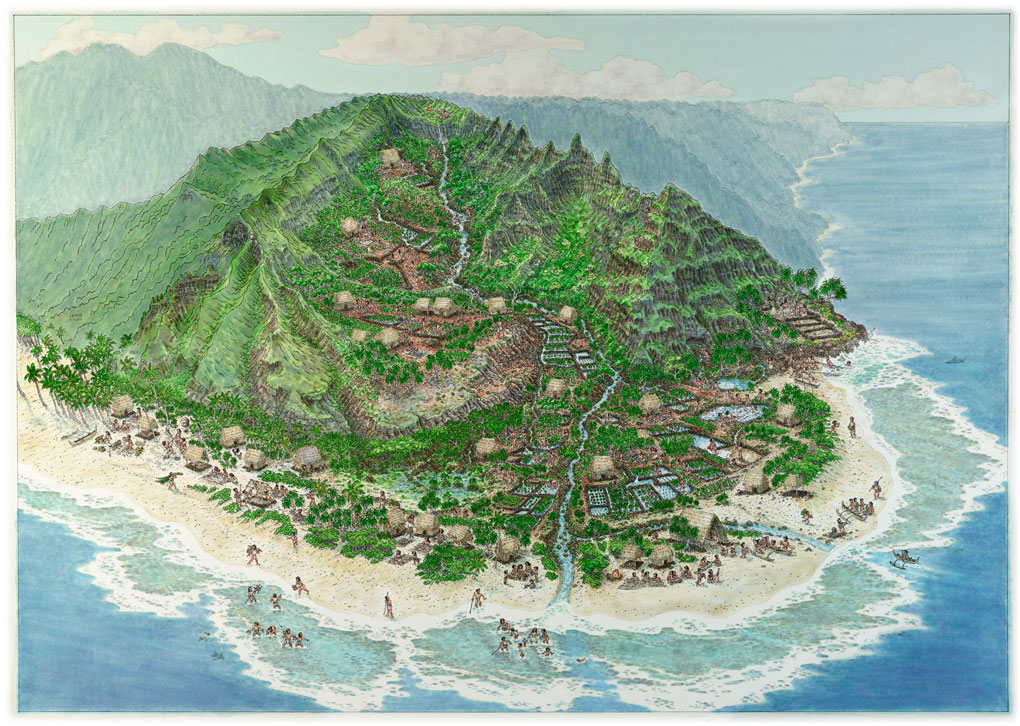Opportunity available for a University of Hawaiʻi Seagrant Fellowship focused on coastal agroforestry systems, carbon storage, and marine health in Hawaiʻi. Fellowship is open to a Masters or PhD student in Botany, Geography, or the Department of Natural Resources and Environmental Management (NREM) (or other relevant department) either currently enrolled or applying for enrollment to start in Fall 2020. Position is a half-time (.50 FTE) 11-Month Research Assistant position, to begin as early as June 1, 2020 or September 1, 2020. Initial appointment is scheduled to run through May 31, 2021 with likely extension through May 31, 2022. Continuation is subject to satisfactory work performance, academic progress, and availability of funds.
Duties: Work with an inter-disciplinary team of community-based non-profits, faculty, and students from the Water Resources Research Center, the University of Hawaiʻi Economic Research Organization, Department of Botany, NREM, the Hawaiʻi Institute of Marine Biology (HIMB), the Heʻeia National Estuarine Research Reserve, Kākoʻo ʻŌiwi, and others to evaluate the potential for agroforestry systems to sequester carbon, protect coral reefs, and support biodiversity and cultural values in Hawaiʻi. Activities will include: GIS analysis and spatial modeling of scenarios of agroforestry throughout the State of Hawaiʻi; ecosystem service modeling of carbon storage and land-sea linkages; field data collection at an existing agroforestry restoration project; community work days to support project management. Ideally, the GRA will develop an independent project in line with overall project goals.
Minimum Qualifications: Graduate student in NREM, Geography, Botany, HIMB, or related field in good standing, with experience in applied environmental research and excellent writing, communication, organizational, and problem-solving skills. Enjoys working in teams, with community groups, and independently. Strong interest in agroecological systems, ecosystem services, and biocultural conservation and eager to learn new skills and gain new experiences working as part of an inter-disciplinary team. Willingness to gain expertise in ARC GIS and R.
Additional Desirable Qualifications: Experience with agroforestry systems and spatial modeling; connection to Windward Oʻahu; excellent technical skills in R and ARC GIS.
Minimum Monthly salary: $1,919.00 (GA-9) + tuition waiver
To Apply: Submit a letter of interest, CV, one or more writing samples, the names and phone numbers of two references for the position to: Leah Bremer (lbremer [at] hawaii.edu). Applicants not yet enrolled in a graduate program must also apply to a graduate program by the deadline this fall.
Closing Date: Review will begin on December 15, 2019 and will be open until filled





 Presentation by UHM Biocultural’s Alexander Mawyer at the UHM Anthropology Colloquium
Presentation by UHM Biocultural’s Alexander Mawyer at the UHM Anthropology Colloquium The 7th
The 7th